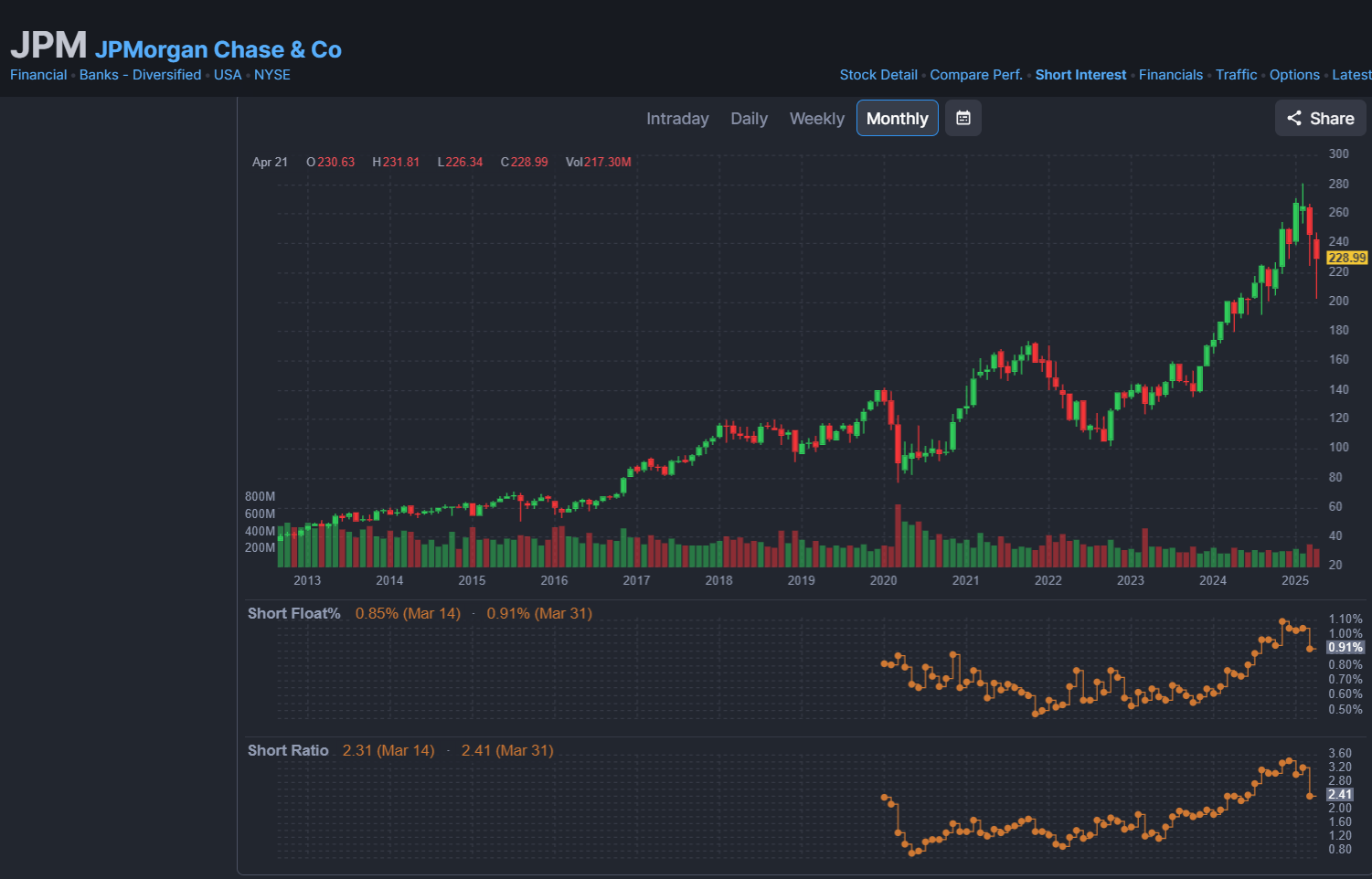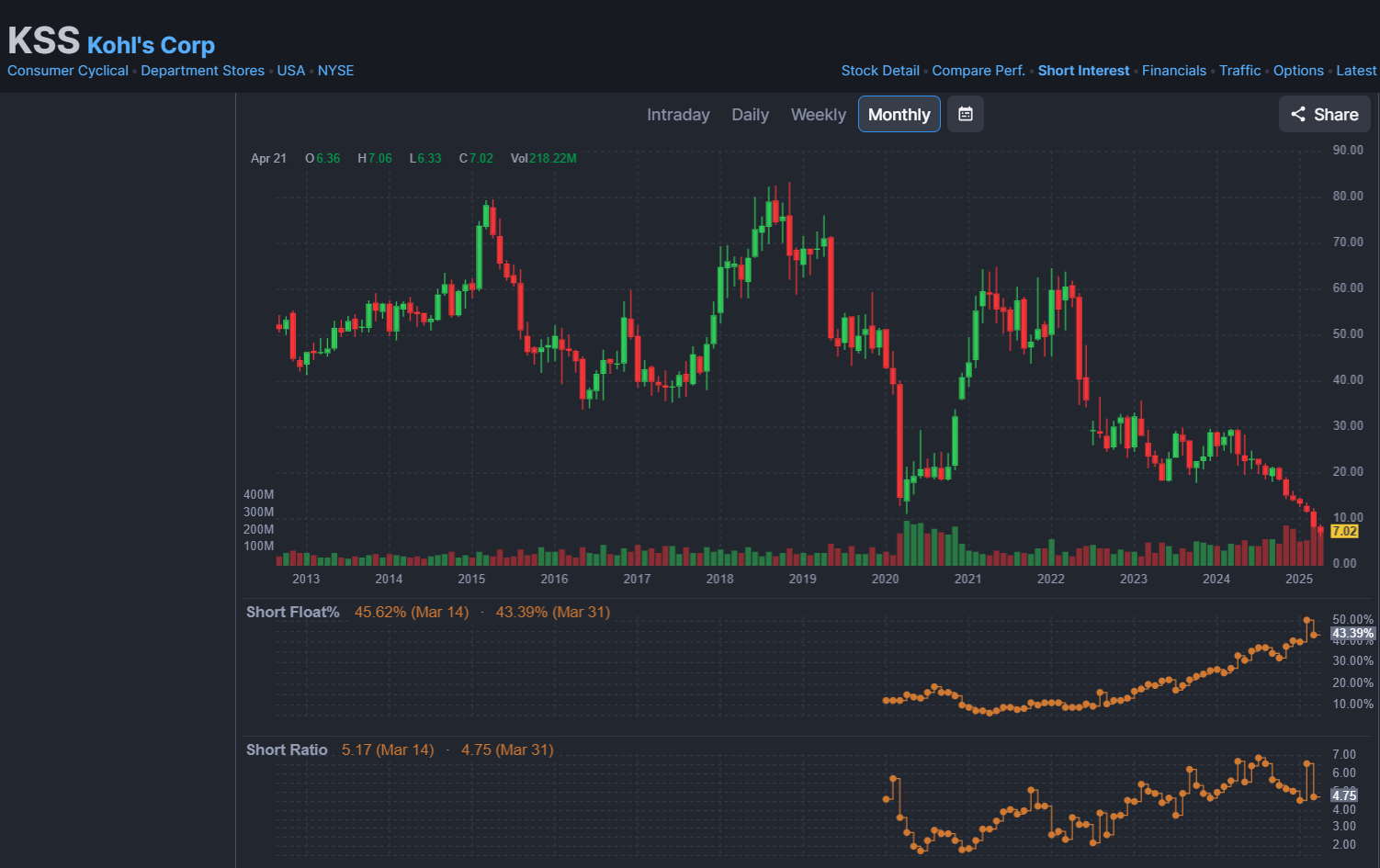2025 vs 2008: Is Short Float Still a Crisis Signal


There are striking similarities between sports betting and the financial markets, particularly in how both handle risk and probability. As the NBA playoffs unfold, it’s the perfect time to use sports betting as a lens to understand financial market dynamics. Underdogs like the Orlando Magic, priced at 100:1 or a 1% chance to win the championship, offer an excellent case study.
The NBA Playoffs and Overvalued Underdogs
Betting $100 on the Orlando Magic at 100:1 odds yields a potential $10,000 return. But history tells us that no NBA team with a 5% or lower chance at the start of the playoffs has ever won the championship.
Why? Much like market prices, betting lines are surprisingly accurate in the short term.
However, there’s more to it. Lines on extreme underdogs tend to be overvalued. For instance, moving the odds of the Boston Celtics from 40% to 44% can trigger significant betting shifts. But nudging Orlando from 1% to 1.1% changes little. Their odds would need to shift toward 2.5%-3% to attract real action—an unlikely adjustment.
Sportsbooks overprice these long shots because most bettors prefer to be “long” on small odds rather than “short” on them. This pricing anomaly often makes betting on Black Swan events one of the fastest routes to financial ruin.
Black Swan Events and Market Predictability
In the annals of sports betting, there are many strange outcomes, none stranger than Leicester City winning the Premiership in 2015-2016 when it was pegged at 0.2% at the beginning of the season. However, those odds increased substantially as the season started.
We can conclude that the financial and betting markets tend to be exceptionally correct, but only for events that will occur within the next several months. An event 9 or 12 months away is unpredictable, and markets can be substantially incorrect
The 2008 Financial Crisis and the Role of Short Float
Many considered the 2008 financial collapse a surprise. Yet, the data paints a different picture. Leading into the crash, the short float in financial sector stocks was massive. Regulators even imposed a temporary ban on short selling in September 2008. After the ban was lifted, the markets plummeted.
The high short float—a measure of investor bets against a stock—was a warning sign. Stocks like Goldman Sachs and Morgan Stanley had over 20% of their float sold short, indicating deep mistrust in their financial health.
2025 Financial Sector Snapshot: A Low Short Float Environment
Fast forward to 2025, and the picture looks very different. According to data from finviz.com:
- JPMorgan Chase (JPM): 0.91%
- Bank of America (BAC): 1.1%
- Wells Fargo (WFC): 0.91%
- Citigroup (C): 2.09%
- Goldman Sachs (GS): 1.3%
- Morgan Stanley (MS): 1.21%
These short float numbers are significantly lower than during the 2008 crisis. Few professional investors are betting against the financial sector today. This suggests confidence in the market and reduces the likelihood of a systemic collapse similar to 2008.
Red Flags Today: Companies with High Short Float
While the financial sector shows low short interest, not all stocks are safe. Take Kohl’s (KSS), for example, where 45% of the float is shorted. Such a high short float indicates serious investor concern, often tied to fears of bankruptcy.
As a rule of thumb:
- 10 %+ short float = the company is “in-play”
- 20%+ = major red flag
- 40 %+ = significant bankruptcy risk
KSS is a prime example of what to watch for when identifying financially unstable companies.
Conclusion: What Short Float Tells Us About 2025
Can 2025 become another 2008? It’s possible—but unlikely. With short float levels across major financial institutions near historic lows, there’s little evidence of widespread concern. Similarly, while the Orlando Magic can win the championship, few are seriously betting on it.
Markets and betting lines may not predict every long-term event, but they are often right about the near future, and today, both suggest stability rather than crisis.
Get the trading edge you need in today’s markets – sign up for our monthly newsletter featuring in-depth expert analysis, hot market insights, and exclusive trading strategies.


